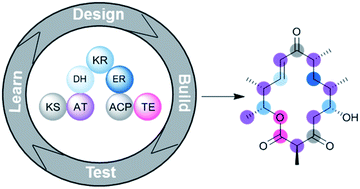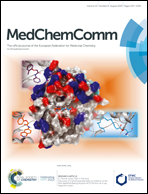Diversification of polyketide structures via synthase engineering
Abstract
Polyketide natural products possess diverse biological activities including antibiotic, anticancer, and immunosuppressive. Their equally varied and complex structures arise from head-to-tail condensation of simple carboxyacyl monomers. Since the seminal discovery that biosynthesis of polyketides such as the macrolide erythromycin is catalyzed by uncharacteristically large, multifunctional enzymes, termed modular type I polyketide synthases, chemists and biologists alike have been inspired to harness the apparent modularity of the synthases to further diversify polyketide structures. Yet, initial attempts to perform “combinatorial biosynthesis” failed due to challenges associated with maintaining the structural and catalytic integrity of large, chimeric synthases. Fast forward nearly 30 years, and advancements in our understanding of polyketide synthase structure and function have allowed the field to make significant progress toward effecting desired modifications to polyketide scaffolds in addition to engineering small, chiral fragments. This review highlights selected examples of polyketide diversification via control of monomer selection, oxidation state, stereochemistry, and cyclization. We conclude with a perspective on the present and future of polyketide structure diversification and hope that the examples presented here will encourage medicinal chemists to embrace polyketide synthetic biology as a means to revitalize polyketide drug discovery.

- This article is part of the themed collection: Natural Products


 Please wait while we load your content...
Please wait while we load your content...